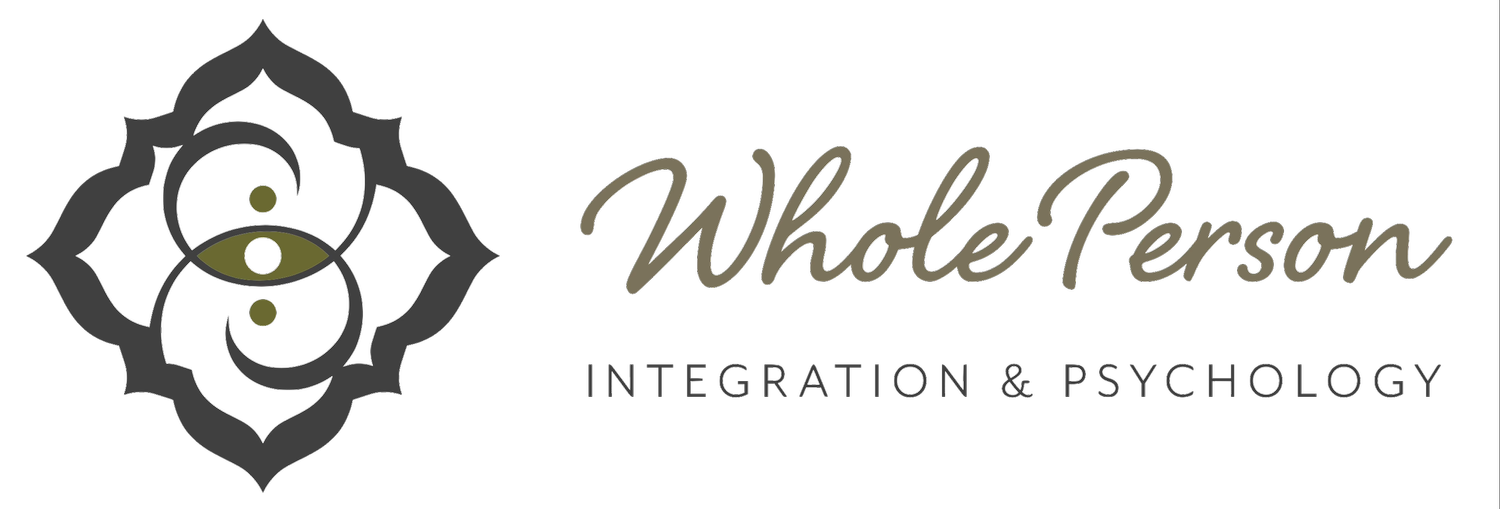Yoga and Easter and Death and Rebirth
By: Dr. Denise Renye
Yoga and Christianity have a lot in common. Especially this time of year as we enter into an important holiday period for Christians, Holy Week. I keep thinking about the parallels between the religious celebration of death and rebirth and a microcosmic, embodied version experienced at the end of every yoga class: transitioning out of corpse pose (savasana).
I like to think about religions as opportunities to know ourselves more deeply spiritually and psychologically. Without having to get involved in the dogmatic aspects, there can be self-reflection opportunities psychologically. In terms of Christianity, today is Good Friday, which commemorates the crucifixion of Jesus Christ. In other words, it’s the day Jesus potentially died. Symbolically, it is a day when we can allow much to die within ourselves. Tomorrow is Holy Saturday, also known as the Easter Vigil, wherein those who observe the holiday light fires and candles to symbolize Christ’s passing. This day can be likened to the bardos period in Buddhism, which is the in-between space. A time of uncertainty. For Christians, Holy Saturday is the waiting period before Easter Sunday, which celebrates Christ’s resurrection from the dead. Easter is a joyous holiday that marks rebirth and signifies hope.
The theme of death and rebirth is not unique to Christianity. It’s present in some Eastern traditions even more directly, namely, those that believe in reincarnation. Beyond that, death and rebirth are found in spiritual practices that are not associated with any religion, for instance, yoga. Yes, yoga originated from psycho-spiritual practices in India, but yoga has spread to every part of the globe. You don’t have to be Indian or Hindu to practice yoga anymore. Nor do you have to believe in any sort of God, Goddess, Higher Power, etc. You can be an atheist and practice yoga.
And yet, in yoga too we find the death and rebirth archetype. At the end of every yoga class, practitioners lie in savasana or corpse pose. It’s their version of Good Friday, a sort of death. As they emerge from corpse pose, they roll onto their sides and curl into a ball, also known as the fetal position. This is the yogi’s Holy Saturday. They are metaphorically in the womb, about to be reborn before they finally sit up in sukhasana or easy pose. Sukhasana is a seated position of sweetness where the legs are crossed easily. This final position is the yogi’s Easter Sunday. Rebirth.
The yoga sequence is not only a philosophical death and rebirth, it’s an embodied one. Each practitioner moves through the death and rebirth cycle physically. Why does that matter? Because embodiment is imperative to a happier and more fulfilling life. The body’s wisdom can support you in making decisions about what to do, or what not to do. (For a specific practice that uses the body to support you in gaining insight, check out Focusing and Felt Sense).
Our bodies have a proprioception system that consists of muscles, tendons, ligaments, fascia, and joints that help us sense our position with the world and others through our subconscious and unconscious awareness of our body position. This is what people refer to when they mention body language. If you don’t want to talk to someone, you might cross your arms over your chest, or point your toes away from them subconsciously.
The body is linked to the mind no matter how much some people pretend otherwise. However, to get the most out of that connection, we need to practice being in our bodies. We must do things that get us out of our minds and into our physical forms.
This weekend is an excellent time to do so while Christians all over the world are thinking about death and rebirth. The energy, the idea, of death and rebirth is already present, so why not transition it from an idea to an embodiment practice? Why not experience your death and rebirth by lying down in corpse pose, rolling over into a fetal position, and then ending with easy pose? You might be surprised at what you discover, or recover, from within and without during this practice.
Stay connected by signing up for my newsletter where you’ll receive exclusive content.

